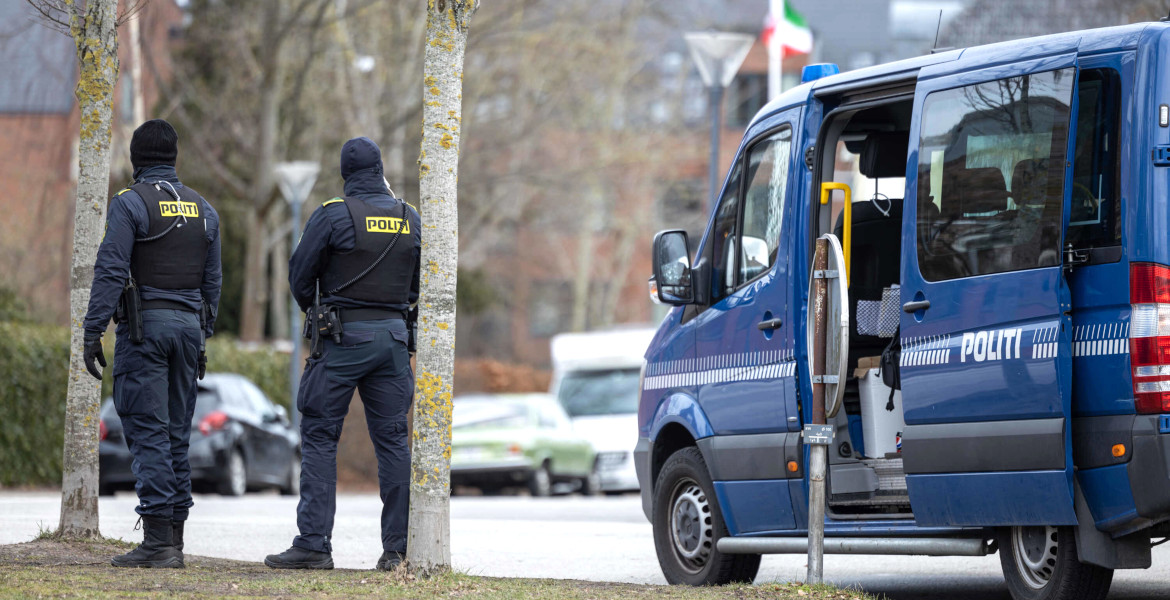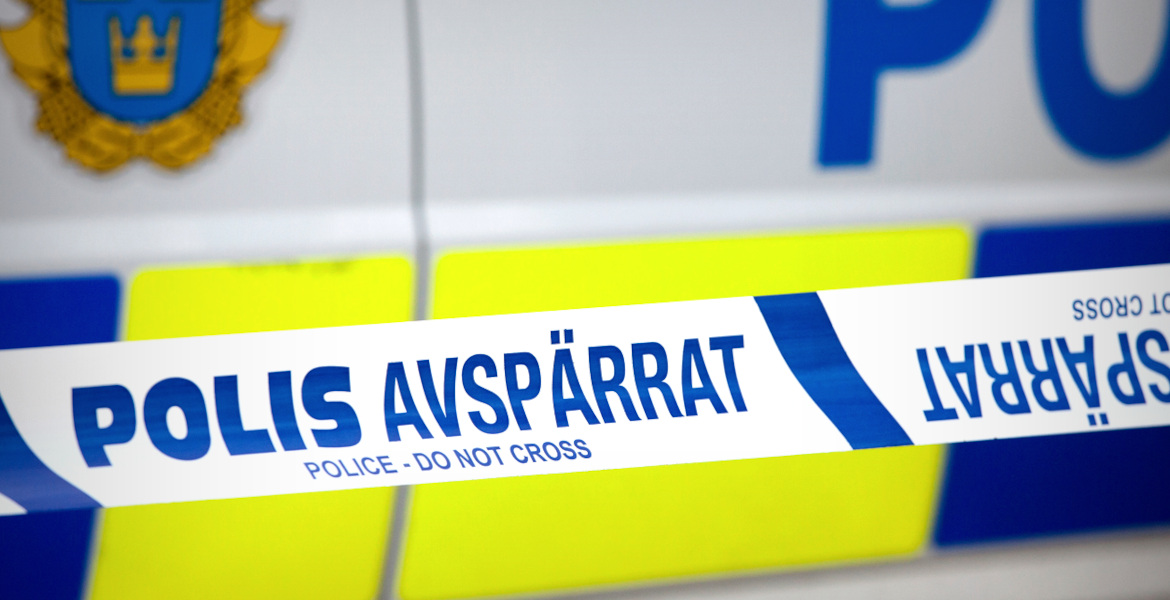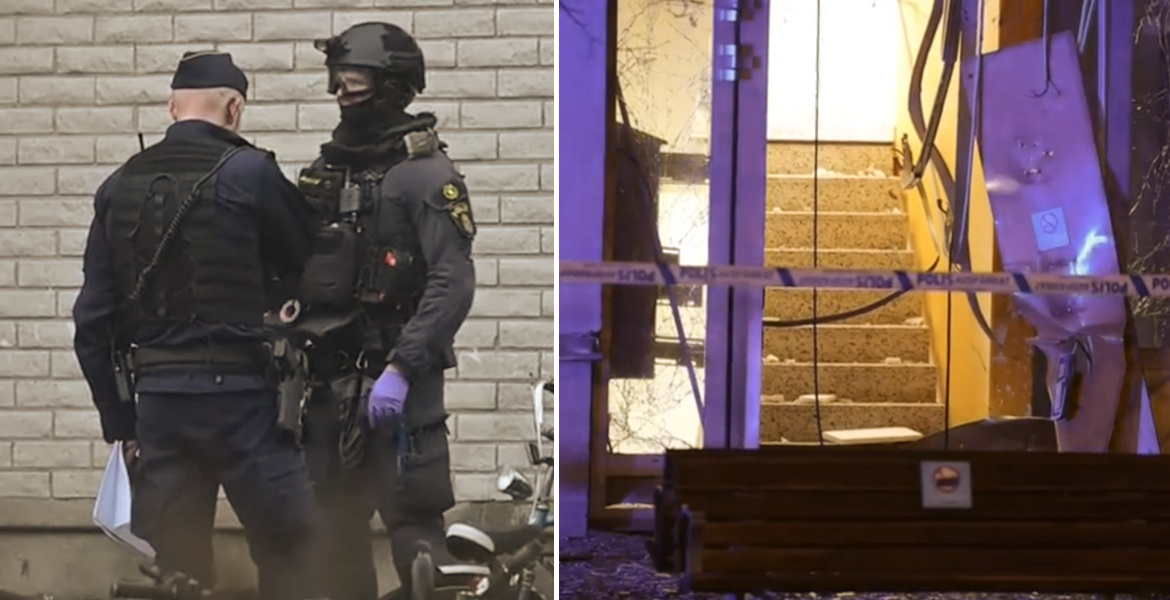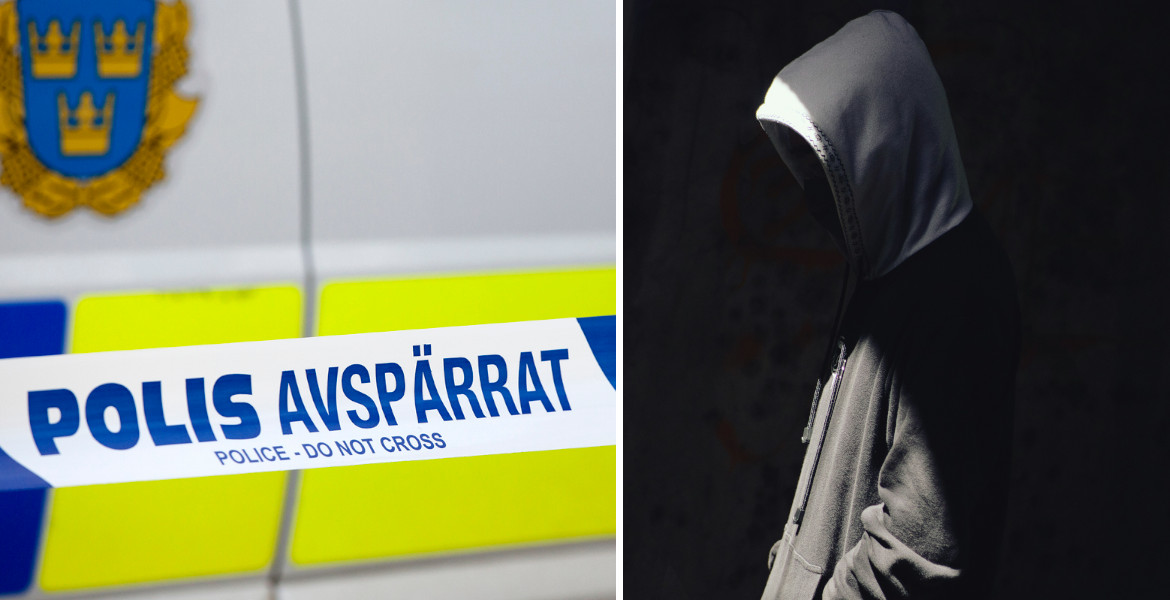After a series of shootings and explosions in the Stockholm area in recent weeks, police do not want to speak of a temporary wave of violence. Instead, the regional police chief describes the situation as a "constantly high level of violence in Sweden".
Upplands Väsby, Kallhäll, Viksjö, Bromma and Sätra – the list of places in the Stockholm area that have been hit by shootings and bombings recently continues to grow.
Most recently, during the night leading to Wednesday, an extensive police operation was underway in Viksjö, northwest of Stockholm, after a shooting at a gas station where two people were injured. Shortly before, on August 25, two people were shot dead in a car in a parking lot in nearby Kallhäll. Police cannot yet answer whether there are connections between the various incidents.
Despite the recent concentration of violent crimes in northern Stockholm, police do not want to use the term "wave of violence" to describe the development.
— I would rather say that we have seen a number of completed crimes in a short time and with a clear geographical limitation to northern Stockholm, says Magnus Mowitz, regional police chief for Stockholm north, on Swedish public television SVT's morning show.
He emphasizes that police have simultaneously succeeded in preventing a series of planned violent crimes, but acknowledges the grim reality:
— The term wave of violence is not something we use, however we can see that there are violent crimes that continuously occur. We have a constantly high level of violence in Sweden, he states.
Thousands of gang criminals
Before the 1990s, gang crime was essentially an unknown phenomenon in Sweden, where the organized crime that did exist was mainly linked to motorcycle gangs and where violent confrontations with firearms and explosives on open streets were virtually non-existent. Sweden was long one of Europe's safest countries with one of the world's lowest murder rates.
Over the past three decades, however, the situation has changed dramatically. In pace with unlimited mass immigration from conflict-affected areas in the Third World, criminal networks have been established in suburbs around the country.
From being concentrated in the metropolitan areas' vulnerable neighborhoods, gang crime has now spread to virtually all Swedish cities of any size, and police estimate that today the number of active individuals in the criminal networks amounts to more than 14,000 individuals – from Malmö in the south to Kiruna in the north.
Turning over multi-billion amounts annually
The criminal networks are not only engaged in spectacular bombings and murders. Drug trafficking still forms the backbone of the operations, but the gangs have significantly diversified their criminal activities. Extortion of business owners, particularly in the suburbs, has become increasingly common, and welfare fraud through fake assistance companies and other schemes drain billions from taxpayers every year.
Human trafficking, arms smuggling, theft gangs and receiving stolen goods are also part of the repertoire, while money laundering occurs through real estate investments, currency exchange offices and cryptocurrencies.
Exactly how much money organized crime turns over each year is impossible to answer, but estimates from police suggest it amounts to approximately €9-14 billion annually.







